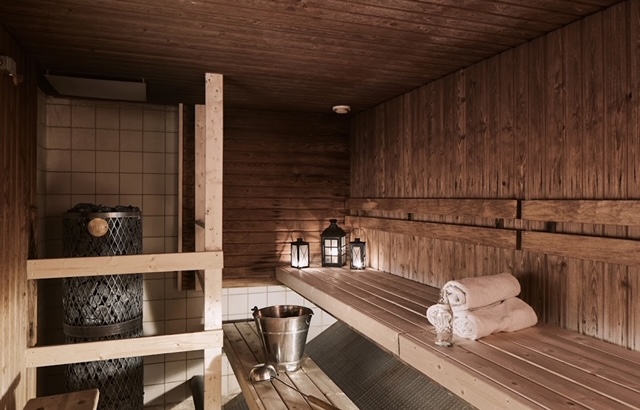The Finnish sauna is deeply rooted in Finnish culture and is more than just a place to relax; it is an institution that brings people together and plays a key role in the everyday life of Finns. The Finnish sauna is not only a place to relax, but an important part of everyday life, combining tradition, well-being and community.
It is an essential part of Finnish culture, with a tradition that goes back more than a thousand years, and has become a symbol of national identity. There are an estimated two million saunas in Finland. It is a place for physical and mental cleansing, where people gather to relax, talk and enjoy the warmth.
Traditional Finnish saunas were originally built of wood and heated by a stone stove over which water is poured to create steam. The term “löyly”, which refers to the special type of steam and heat created in the sauna, is crucial in the Finnish sauna and has an almost spiritual meaning. The sauna is known for its health benefits, including improving circulation, relieving muscle pain and promoting deeper sleep.
Enjoying the sauna is usually done in several rounds, alternating each sauna session with a cold shower or a jump into a cold pool or natural water. Winter swimming combined with a sauna is a popular activity in Finland, known for its refreshing and invigorating effects.
The Finnish sauna is traditionally entered without clothing, reflecting equality between people regardless of social status or background. In Finland, the sauna is used for a variety of occasions, including family gatherings, business meetings and even weddings. The sauna also plays a key role in the Finnish Christmas ritual, when families gather in the sauna on Christmas Eve to honor the memory of ancestors and prepare for the coming celebration.
Also popular in Finland is the mobile sauna, which allows you to enjoy the sauna in different locations, from remote coastal areas to urban centers.
Several sauna-related festivals and events take place in Finland every year, including sauna endurance competitions.






